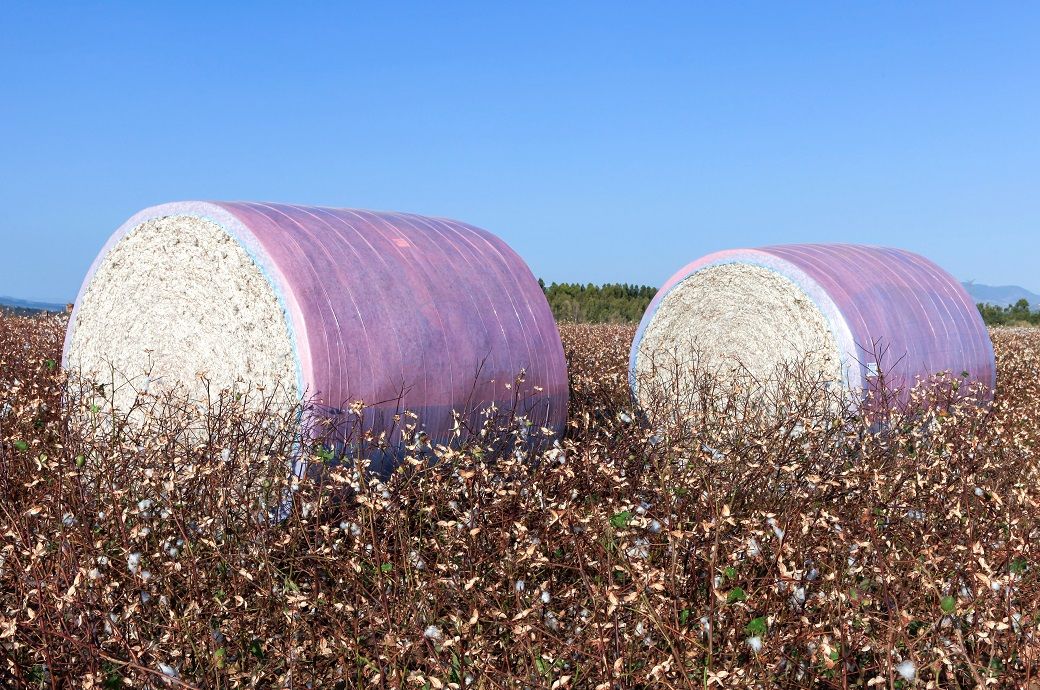
However, there have been reports of buyers rejecting products due to the undeclared blending of cheaper fibres. This indicates that downstream industries and end-users may take longer to accept this new normal.
Last year, cotton prices in India reached a record high of over ₹1,11,000 per candy of 356 kg. However, the downstream industry was enjoying a much better scenario due to price parity compared to the global market. Currently, cotton prices are hovering at almost half of that, at ₹62,000 per candy. However, Indian exports of cotton yarn, fabric, and garments are facing headwinds due to the increased cost of cotton. Since the beginning of the current cotton marketing season in October 2022, the price of the natural fibre has been higher than ICE cotton.
According to industry sources, spinners are currently running production with no margins or at a loss, so they are forced to limit their production. While cotton prices have remained high throughout the season, yarn, fabric, and garment prices have not seen much improvement. As a result, Indian exporters are facing the challenge of costlier cotton.
Typically, power looms and garment units switch their production from cotton to man-made or blended fibres when they receive orders for the next winter season. However, these units have been forced to switch earlier than usual to get respite from the high cost of cotton.
A market source from Ahmadabad said that average quality grey blended fabrics were traded at ₹70-80 per meter while cotton fabric was priced at ₹80-90 per meter. This price difference may widen up to 40 per cent.
Saurin Parikh, chairman textile committee of Gujarat Chamber of Commerce and Industry (GCCI) told Fibre2Fashion, “Cotton prices are so high that the industry has to shift towards cheaper fibre. It is not confined to just Gujarat and India, but it is now a global trend.” He clarified that Gujarat's textile industry is more dependent on cotton fibre, so the trend of shifting towards cheaper fibres is more visible in the state. Parikh also admitted that the trend is partly due to the seasonal shift, as there is more acceptability of man-made fibre during the winter season.
The soft touch feel and sweat-absorbing capacity are unique features of cotton that cannot be replicated in man-made fibres. Global brands usually place bulk orders for the next winter season between April and June every year, and the industry typically shifts from cotton to man-made fibres during that season. However, the high cost of cotton has brought about an earlier shift this year.
Ashish Gujarati, former President of Southern Gujarat Chamber of Commerce and Industry (SGCCI) told F2F, “Cotton prices are so high that it is unviable for the industry to sustain by using the natural fibre. Downstream industry is forced to shift towards cheaper fibres so they can survive in the current challenging scenario.”
However, it may take some time for the garment industry and end-users to accept the shift in the industry towards cheaper fibres. Sources have reported that sometimes the declared blending of cheaper fibres exceeds the permissible limit, causing disputes between buyers and sellers.
Although the consumption of man-made fibres may increase in the industry, India is primarily a cotton-focused textile hub, and it will retain its place in the industry due to its unique features.
Fibre2Fashion News Desk (KUL)